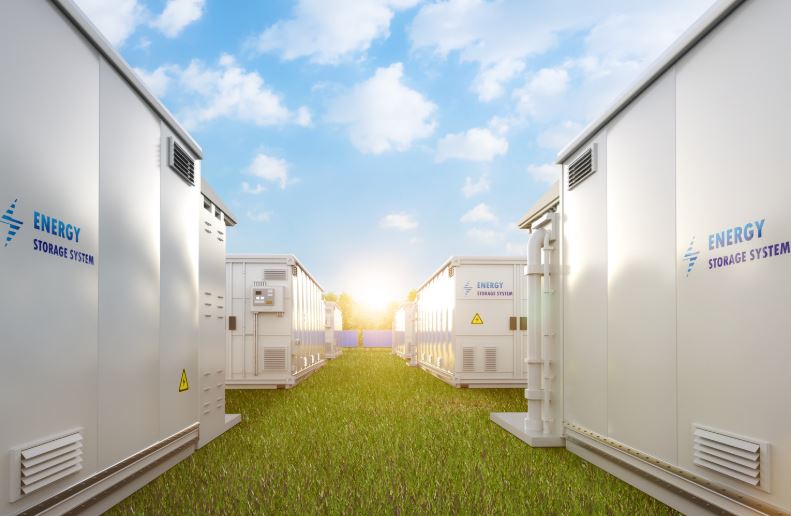Tesla’s energy storage revenue exceeded $10 billion in 2024, representing a 67% year-over-year increase, yet this growth trajectory faces mounting pressure from escalating trade tensions. The company’s recent $4.3 billion agreement with South Korea’s LG Energy Solution (LGES) for lithium iron phosphate batteries reveals the strategic constraints forcing American technology leaders to restructure global supply chains amid an increasingly complex tariff environment.
The three-year contract, spanning August 2027 to July 2030 with options for seven-year extensions, represents more than a supplier agreement—it signals Tesla’s calculated retreat from Chinese battery dependence. Chinese LFP cells now face 64.9% tariffs, escalating to 82.4% by 2026 under previously planned Section 301 increases, creating cost pressures that have fundamentally altered procurement strategies across the energy storage sector.
Tesla’s predicament illustrates broader market dynamics reshaping the battery industry. The company captured a 15% market share in battery energy storage system integration during 2023, while controlling approximately 30% of the residential storage market through its Powerwall product. This market position, however, becomes increasingly vulnerable when supply chain costs spike due to geopolitical pressures rather than competitive market forces.
The timing of Tesla’s LGES partnership reflects acute operational challenges. CFO Vaibhav Taneja acknowledged in April that tariffs had an “outsized” impact on Tesla’s energy business due to its reliance on Chinese LFP battery imports. The company’s energy segment, while representing just over 10% of total revenue, has emerged as a critical growth driver as automotive sales face headwinds and federal EV incentives face potential reductions.
LGES’s positioning in this deal demonstrates strategic timing and geographic advantages. The South Korean manufacturer operates one of the few U.S.-based LFP production facilities, having initiated domestic production at its Michigan factory in May. Samsung Securities analyst Cho Hyun-ryul notes that competitors, including Samsung SDI and SK On, have yet to establish meaningful U.S. LFP production capacity, granting LGES temporary market advantages in a supply-constrained environment.
The broader implications extend beyond bilateral trade relationships. Lithium-ion battery imports from South Korea and other non-Chinese sources surged 225% from Q4 2024 to Q1 2025, indicating systematic supply chain diversification across multiple industries. This shift occurs despite a 69% decline in lithium carbonate prices from 2023 to 2024, suggesting that cost considerations now extend far beyond raw material pricing.
Tesla’s energy storage deployment metrics underscore the scale of supply chain challenges ahead. The company deployed 31.4 GWh of energy storage in 2024, with expectations for at least 50% growth in battery storage installations during 2025. Meeting these targets while navigating supply chain constraints and escalating tariff structures presents operational complexity that extends well beyond procurement logistics.
The strategic calculus driving Tesla’s supplier diversification reflects broader market recognition that traditional cost optimization models no longer suffice in an environment where effective tariffs on Chinese batteries approach 82%. Companies must now balance procurement costs against supply chain resilience, geographic risk distribution, and regulatory compliance across multiple jurisdictions.
LGES’s three-year contract timeline aligns with Tesla’s internal production scaling efforts. The company has indicated its first LFP cell manufacturing facility will be operational by year-end, though this Nevada-based factory will likely address only a fraction of the total demand. The LGES partnership provides supply security during this transition period while Tesla develops domestic manufacturing capabilities.
Market dynamics suggest this supply chain restructuring represents the early stages of a broader industry transformation. Energy storage demand continues expanding, driven by data center growth, grid modernization requirements, and renewable energy integration needs. However, the traditional Chinese supply chain model that enabled rapid cost reductions and capacity scaling now faces systematic disruption through trade policy rather than competitive pressures.
Tesla’s $16.5 billion semiconductor deal with Samsung Electronics’ Texas facility, announced concurrently with the LGES battery agreement, demonstrates coordinated efforts to establish regional supply chain networks. These partnerships reflect strategic recognition that supply chain geography has become as critical as traditional cost and quality metrics in procurement decision-making.
The energy storage sector’s growth trajectory remains robust despite supply chain pressures. Tesla’s energy business generated significant revenue growth even as the company navigated tariff impacts and supply constraints. However, sustaining this momentum requires successful execution of complex supplier relationships and continued investment in domestic production capabilities across multiple technology categories.
Industry observers note that Tesla’s LGES partnership may establish precedents for other American energy companies facing similar supply chain constraints. The three-year contract structure with extension options provides flexibility for both parties while ensuring supply security during a period of significant market uncertainty and regulatory evolution.
